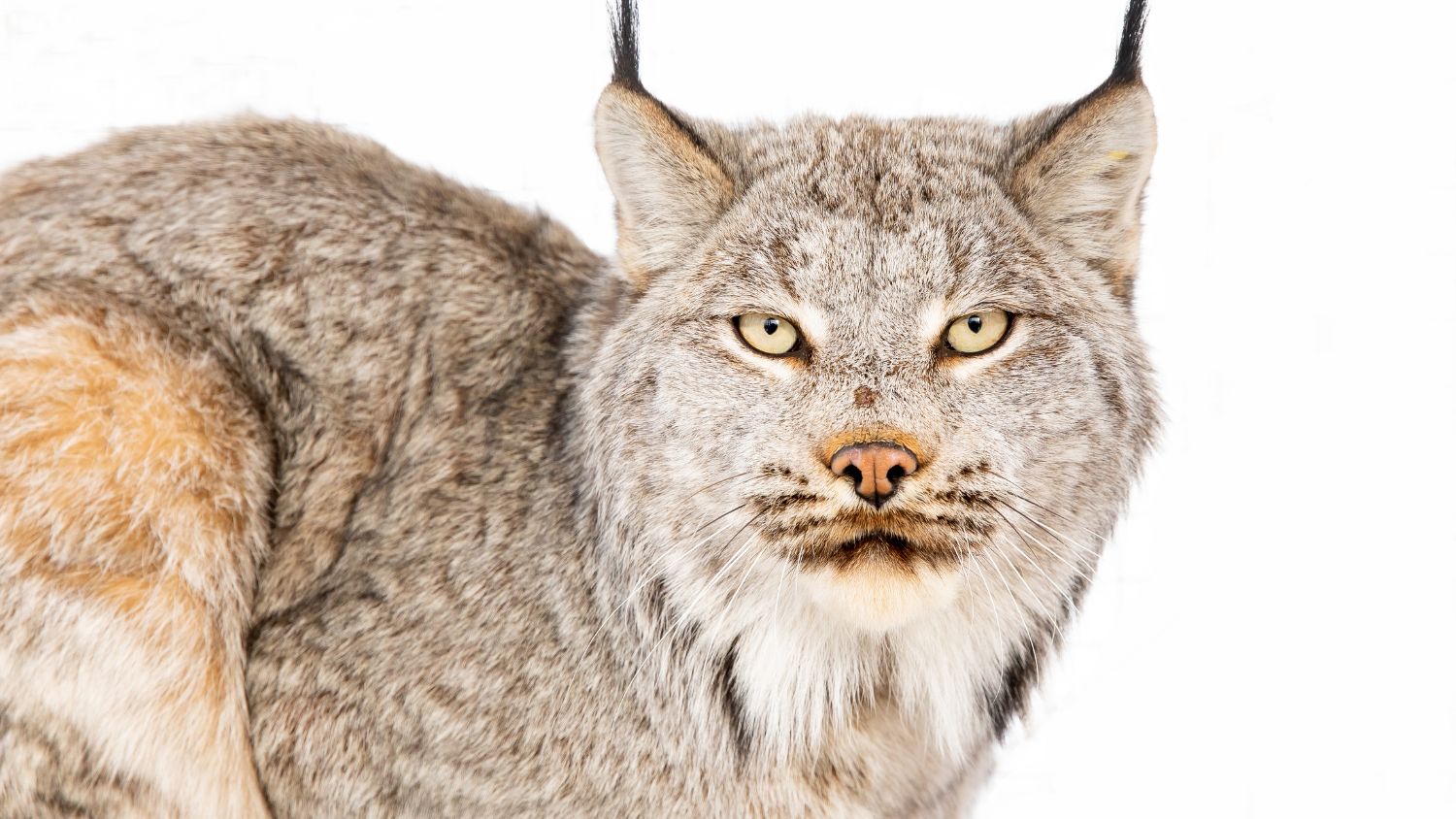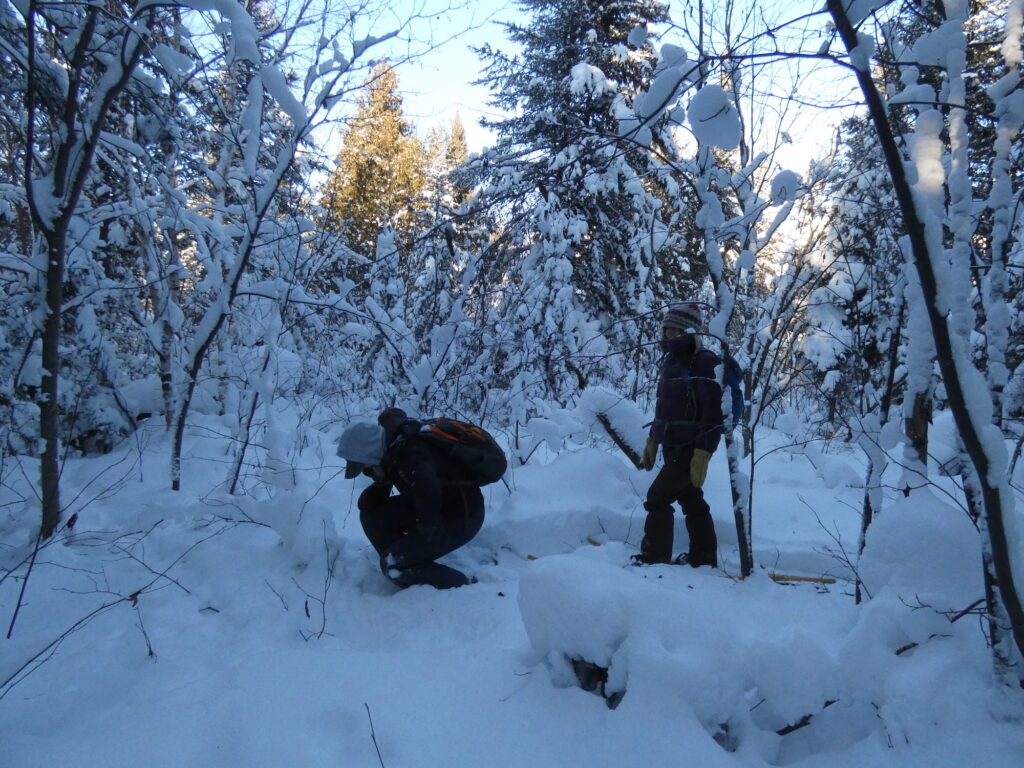
Not many researchers can say that their research has spanned several continents over their careers.
“I have the really fun opportunity to study a variety of different species and a lot of different ecosystems,” says Nathan Hostetter, an assistant professor in the Department of Applied Ecology at North Carolina State University. “I’ve been involved with projects in the Arctic on polar bears and other northern species like Canada lynx, to invasive species in the Caribbean islands and even Pacific islands, and a lot of fun studies in between.”
Growing up in Pennsylvania, Hostetter always enjoyed the outdoors, but he didn’t realize the career options available until he was an undergraduate student at Gardner-Webb University in Boiling Springs, North Carolina.
“One of my first exposures was through an ecology course where we had to go out and do a variety of different field projects, and then also meet different people who had careers in this profession, including wildlife biologists,” Hostetter remembers. “I fell in love with the idea of doing wildlife research.”

Hostetter followed this goal, starting with predator-prey studies of endangered salmon species. He earned a master’s degree in wildlife science from Oregon State University and a Ph.D. in fisheries, wildlife and conservation biology from NC State. He then completed postdoctoral research at the United States Geological Survey (USGS) Patuxent Wildlife Research Center and the University of Washington.
Now, Hostetter is a quantitative population ecologist who studies how and why animal populations change across space and time. He’s also the assistant unit leader for the North Carolina Cooperative Fish Wildlife Research Unit, a federal, state and university cooperation housed in the Department of Applied Ecology. The group works with the North Carolina Wildlife Resources Commission (NCWRC), the U.S. Fish and Wildlife Service (USFWS), and other agencies to address wildlife management needs.
Graduate students and post-doctoral research associates in his research group are studying white-tailed deer and alligators in collaboration with the NCWRC, red snapper abundance with several other universities and the National Oceanographic and Atmospheric Administration (NOAA), and Caribbean skink taxonomy across Puerto Rico and the Virgin Islands with the USFWS.
Hostetter is also researching Canada lynx, a midsize carnivore that lives across most of northern North America, but few locations in the contiguous United States. The project, based in the Superior National Forest in northeastern Minnesota, is a collaboration between Hostetter, the U.S. Department of Agriculture Forest Service and the USFWS to better understand lynx distribution and how it’s changing. Canada lynx are listed as threatened under the U.S. Endangered Species Act, and their threats include habitat loss, fragmentation and challenges related to climate change.
“The reduction in snow may affect the snowshoe hare populations, which is a Canada lynx’s main food source,” explains Hostetter. “And since Minnesota is at the very southern range boundary, it may be one of the areas hit first by changes in these climatic factors due to global warming.”

The study area receives over 95 inches of snow on average each year. The winter, with daily highs near 20 degrees Fahrenheit, is the best time to collect data because researchers can better spot lynx tracks in the snow.
“Even though we may rarely see lynx, we know they’re using those areas by observing tracks or other signs. Snow tracking surveys, where the observers in Superior National Forest drive on roads, snowmobile, or cross-country ski to get into these areas, allow us to record where we see evidence of lynx use,” says Hostetter.
As a quantitative ecologist, Hostetter helps analyze the collected data. A core finding so far, published in Diversity and Distributions, is that the areas lynx occupy are directly linked to an increased amount of forest and snowfall. This is likely because the same landscapes are also prime habitat for snowshoe hares. The team is now expanding its work to determine the number of lynx in the study area using genetic approaches.
Whether it’s lynx or alligators, Hostetter is proud to conduct wildlife research.
“I feel that a lot of times, our research is making on-the-ground change and providing information for management agencies to make more informed management decisions.”
He also hopes that he can help build the next generation of scientists to conserve species.
“We’re in a biodiversity crisis with so much changing with urbanization and climate change, so it’s important for us to identify opportunities to investigate these topics and make important contributions to conservation biology.”
This post was originally published in College of Agriculture and Life Sciences News.